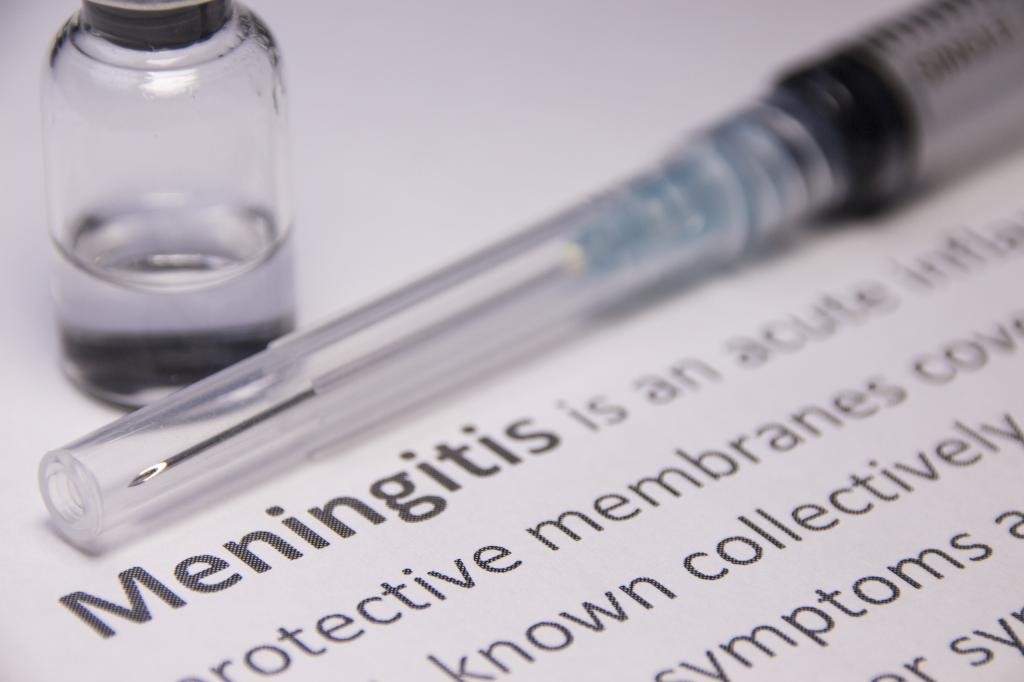Free Courses Sale ends Soon, Get It Now


Free Courses Sale ends Soon, Get It Now



Source: DownToEarth
Disclaimer: Copyright infringement not intended.
Context
Details
Significance of Men5CV Rollout
Meningitis in Africa
About Meningitis
Types of Meningitis:
Bacterial Meningitis:
Viral Meningitis:
Fungal Meningitis:
Non-Infectious Meningitis:
Causes of Meningitis:
Symptoms of Meningitis:
Diagnosis:
Prevention:
Sources:
|
PRACTICE QUESTION Q. Discuss the significance of Nigeria's introduction of the Men5CV vaccine in the context of global efforts to combat meningitis. How does this milestone contribute to addressing the challenges posed by meningitis in Africa, particularly in the "African meningitis belt"? (250 Words) |
© 2024 iasgyan. All right reserved